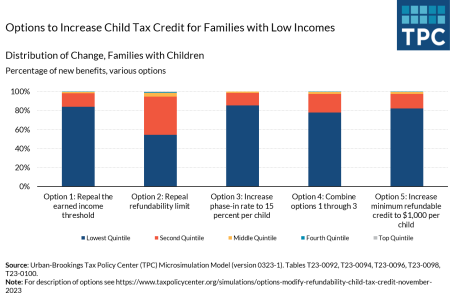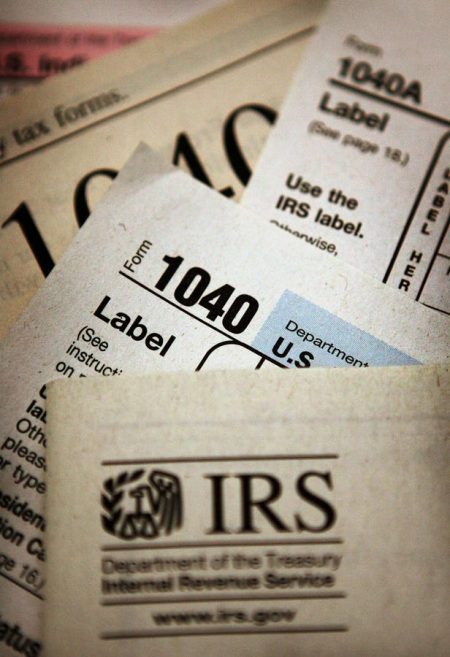Big government is back — big programs with big price tags, all wrapped up in some very big ambitions. When President Biden campaigned on a promise to “Build Back Better,” he wasn’t just coining a slogan. Biden came to the presidency with a back-to-the-future view of American governance. As the Financial Times pointed out recently, “The current U.S. administration is intervening in the economy in a way not seen since the 1930s.”
But here’s the thing: Big government tends to self-sabotage. Big government — and the big fiscal policy that makes it possible — can get ahead of itself. It happened in the 1960s.
And it might be happening again right now.
Roosevelt Watershed
Sometimes, big government arrives and just sticks around. That’s what happened in the 1930s and 1940s, when President Franklin D. Roosevelt engineered a dramatic and (so far) permanent expansion of the federal government. He had help, of course, from exigent circumstances, including a global economic crisis and a world war. But whether by design or circumstance, Roosevelt transformed the nature of American governance.
Let’s use employment as a yardstick. The number of civilian executive branch employees grew from 593,000 in 1932 to 3,370,000 in 1945. That figure dropped sharply after the end of World War II, but it remained above 1.8 million throughout the 1950s. And then began creeping even higher.
In terms of fiscal policy, Roosevelt’s presidency was equally distinctive, marking an inflection point in U.S. history. Consider just the tax side of the ledger. In 1932 federal revenues as a share of GDP totaled 3.2 percent. In 1945 they reached 19.8 percent. That number was artificially high; like federal employment, taxes dropped after the war. But they bounced back quickly and remained between 15 and 18 percent for decades afterward. More to the point, taxes never returned to their pre-New Deal levels — or anything close to them.
American government had changed, and it wasn’t going back.
Briefly Bigger
Now let’s compare that Roosevelt watershed — big and durable — to another attempt at changing the nature of American governance. In the 1960s, Presidents John F. Kennedy and Lyndon B. Johnson tried bringing a Keynesian revolution to the federal government. Specifically, they tried to use discretionary fiscal stabilization policy as a tool for managing the overall health of the U.S. economy.
This sounds hopelessly wonky and technocratic. It is, but it’s also hugely important. This sort of economic policy would use tax and spending levels to manage the course of the business cycle, boosting growth when things got slow and curbing it when inflation started to heat up. If it works, it’s a recipe for permanent prosperity. If it fails, it can make bad situations a lot worse.
Imbued with a lot of self-confidence (bordering on hubris), the technocrats of the Johnson and Kennedy administrations convinced Congress to pass a sweeping tax cut; lawmakers finished the work in 1964, and it helped jump-start an impressive boom. All seemed well: The nation prospered and activist fiscal policy looked like the wave of the future. Government had tamed the business cycle.
Except it hadn’t. The economy soon overheated, and inflation became a serious problem within a couple of years. Policymakers, both in the White House and Congress, responded slowly. Happy to cut taxes when things were slow, they were reluctant to raise them when the economy was moving too fast.
Eventually, Congress did approve a tax hike, but the delay made it harder to get inflation under control. Meanwhile, growth began to slow even as prices continued to rise. This pernicious combination, known as stagflation, was a political and economic catastrophe.
Stagflation damaged the careers of countless politicians. More importantly, however, it undermined the credibility of activist fiscal policy and the expensive view of government that went with it. By the 1970s, big government was starting to seem like the big enemy. In 1980 Ronald Reagan rode that feeling into the Oval Office, and in 1996, Bill Clinton made the impulse bipartisan when he told the nation that “the era of big government is over.”
Reviving the Ideal
Big government made a brief comeback after the global financial crisis, when Barack Obama pushed through ambitious — and expensive — relief legislation in 2009. But it was a false start.
It would fall to Obama’s vice president, elected to the top job in the wake of another crisis, to revive the affirmative case for activist government. And since 2021, Biden has done exactly that, urging Congress to “Build Back Better” with large, ambitious programs designed to remake the U.S. economy.
The Biden agenda is about much more than building back from a global health crisis. From the beginning, it’s been about building a new economy — reconstructing a model of economic growth that emphasizes green energy, working-class jobs, and no small amount of income redistribution.
That project of economic reconstruction is not cheap, and the price tag is now starting to show up in deficit projects. According to recent estimates, the federal budget gap should roughly double this year, from $1 trillion to $2 trillion, according to the Committee for a Responsible Federal Budget.
That’s the kind of deficit that can be inflationary — especially if future deficits are bigger still. And inflation, as policymakers learned in the 1960s, can be toxic at the voting booth. Indeed, today’s politicians don’t have to look to the 1960s to learn that lesson: Recent inflation has been weighing on Democratic poll numbers for over a year now.
Voters hate inflation; they punish politicians who are on the job when prices are rising. More to the point, however, they sometimes punish the policy agenda that seems responsible for pushing prices higher. That’s what happened in the 1960s and 1970s. And it’s possible that our recent bout of inflation could do similar damage to Biden’s version of big government.
Read the full article here








